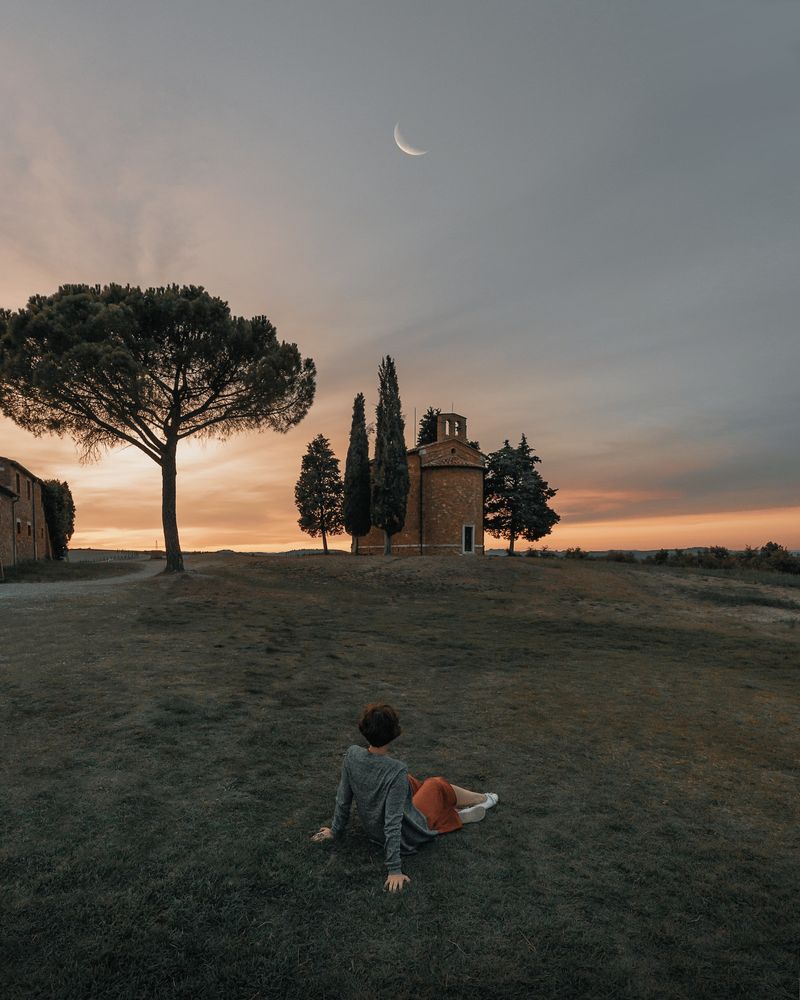Sometimes referred to as the "nation within a nation," the Italian region of Tuscany is a place with a distinct cultural heritage and legacy. Largely considered the birthplace of the Renaissance, Tuscany is home to some of the world's most incredible art and architecture, and you'll find its buildings and streets steeped in history. In addition, the region is home to no less than eight world heritage sites, with many located in its world-famous cities such as Pisa, Florence, and San Gimignano.
Tuscany also boasts extraordinary natural beauty, notably its pristine country landscapes and fantastic coastlines. The region is also known for its cuisine, produce, and many fine wines. Undoubtedly, there's a lot to see and do no matter where you go in Tuscany. But the last thing you want to do is miss out on some of the more incredible sights and experiences. So, here to help you plan your trip is a list of the nine best things to do in Tuscany.
1. Marvel at the Art in Uffizi
Located in Florence, the Uffizi museum is one of the oldest, most popular, and vital of its kind. The museum boasts an incredible collection of ancient sculptures and paintings covering the middle ages to the modern. But, it is the many renaissance masterpieces from the likes of Giotto, Simone Martini, Piero Della Francesca, Leonardo Raffello, and Michelangelo that have made Uffizi famous worldwide.
While the focus is on Italian art history, the Uffizi collection has pieces from other European painters as well. All in all, then, it's a must-stop for art enthusiasts or anyone looking to take in some culture on their trip.
2. Explore the Ancient Hill Towns
When you picture the Tuscany countryside, you may picture green hills, cypress trees, and pretty walled towns with narrow quaint streets. Well, your imagination probably isn't as far off as you might think.
Picturesque towns with breathtaking views and remarkable history await travelers entering the Tuscan countryside. From the well-preserved San Gimignano to the castle crowned Poppi to the flowered balconies of Anghiari, you could explore endlessly and be captivated without ever even stepping into the cities.
3. Taste Truffles in San Minato
Tuscany is known for its truffles, but you'll do well to head to San Minato if you want the best. Here the oak and willow trees conceal the region's prized white truffles, some of the largest and most sought-after of their kind. And, you'll find plenty of opportunities to sample these and other delicacies in the town itself.
The town is also well known for its markets, stall, and the pride residents take in their produce and cuisines. As a result, the destination is an essential stop for any 'foodie.'
4. Take a Cheesy Photo in the Campo Dei Miracoli
The Campo de Miracoli (square of miracles) is undoubtedly best known for its leaning tower, but don't be fooled into thinking that's all there is to see here. Declared a UNESCO site in 1987, the square is one of the grandest religious centers worldwide. It is said that each of the buildings there represents a different stage of life. The baptistry represents birth, the cathedral of Santa Maria Assunta represents life, and the Camposanto symbolizes death.
Construction on the square began as far back as the 11th century and continued until the 19th century when the finishing touches were completed on the Duomo. The result is a beautiful mix of architectural styles, from the Romanesque to the Gothic, all produced by some of the finest architects that have ever lived no less.
With all that said, no trip to Tuscany is complete until you take a picture of yourself "holding up" the leaning tower.
5. Relax in the Hot springs of Bagno Vignoni
You'll find no shortage of spa towns in Tuscany, but none of them are quite like Bagno Vignani in Val d' Orcia. After all, what other town has a pool filled with hot spring water in its main central square? A pool built over the same source used by the Romans many years ago, no less.
So, no, you can't bathe in this main pool. But, follow the springs down, and you will find yourself at the Parco Dei Mulini, where you can bathe for free! If you are looking for some more upscale luxury, you'll find plenty of high-quality wellness centers and luxury resorts in the town itself.
6. Make a Pilgrimage to La Verna
Located upon Mount Penna (a.k.a. Mount La Verna) and surrounded by nature and spectacular views, few places can match the tranquility of La Verna. Once a hermitage and home to Italy's patron saint, St. Francis, La Verna is now a thriving monastery and popular pilgrimage site. Thankfully, its relative isolation has prevented it from becoming a tourist trap.
Though it is a highly spiritual place, you don't have to be religious to appreciate what La Verna offers. And yes, the site remains entirely open for non-Christians.
7. Discover the Vineyards of Chianti
Chianti wine is produced across the Tuscan countryside, but you'll need to head to the vineyards found in the regions between Florence and Siena if you want the real thing. It is from this region that Chianti Classico is made and where you will find a returning culture of traditional and organic winemaking.
Many of the estates in Chianti are open to visitors for wine tasting sessions (be sure to inquire and book well in advance, though), and full-day tours are also available. What's more, is you'll also find some of Tuscany's finest Osteries and restaurants here.
8. Uncover Italian Nature
Tuscany isn't all history, culture, and luxury; it's also home to amazing nature and geology. From the deep gorges of Valdarno, the clay lands of Sensei, to the many cavern systems, caves, and untouched forests, there's seemingly no end to the natural scenery on offer.
As for the wildlife, Tuscany is home to deer, foxes, pheasants, porcupines, and even wild boars. You might even spot some dolphins and whales if you head to the coasts.
9. Walk Along the Lucca Walls
The Lucca walls were built to keep people out, but these ancient fortifications have probably done more to bring people in than anything else. Originally constructed during the Roman era, the walls were rebuilt in 1500 and have remained relatively unchanged since 1650.
Often described as the most beautiful walls in Italy, the Lucca walls are lined with trees, rich in history, and are a joy to explore. Those looking for a more in-depth exploration of their past may benefit from hiring a guide.
The 9 Best Things to Do in Tuscany






